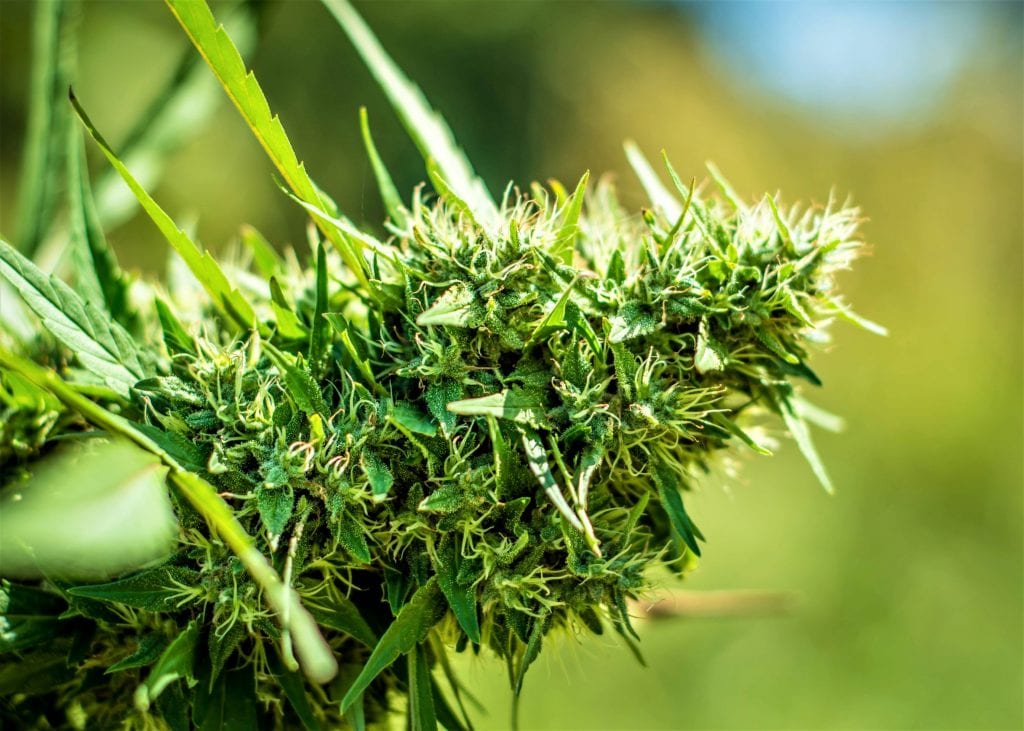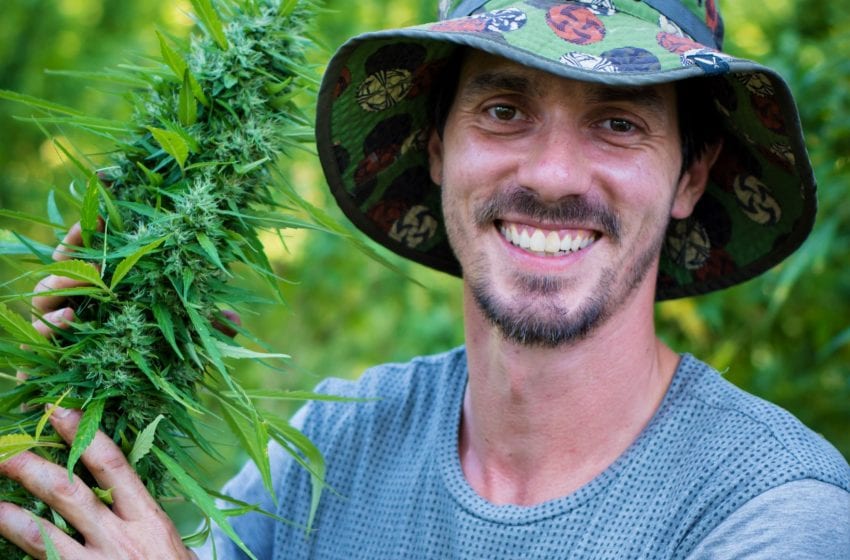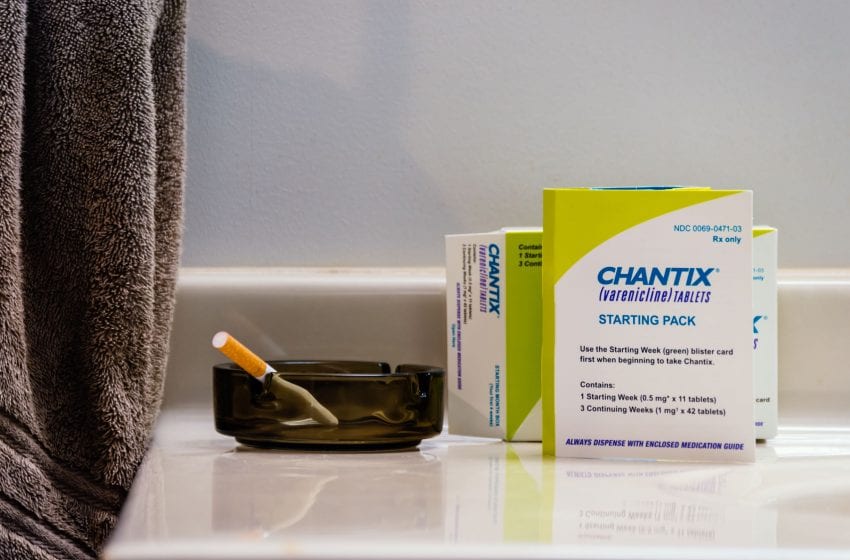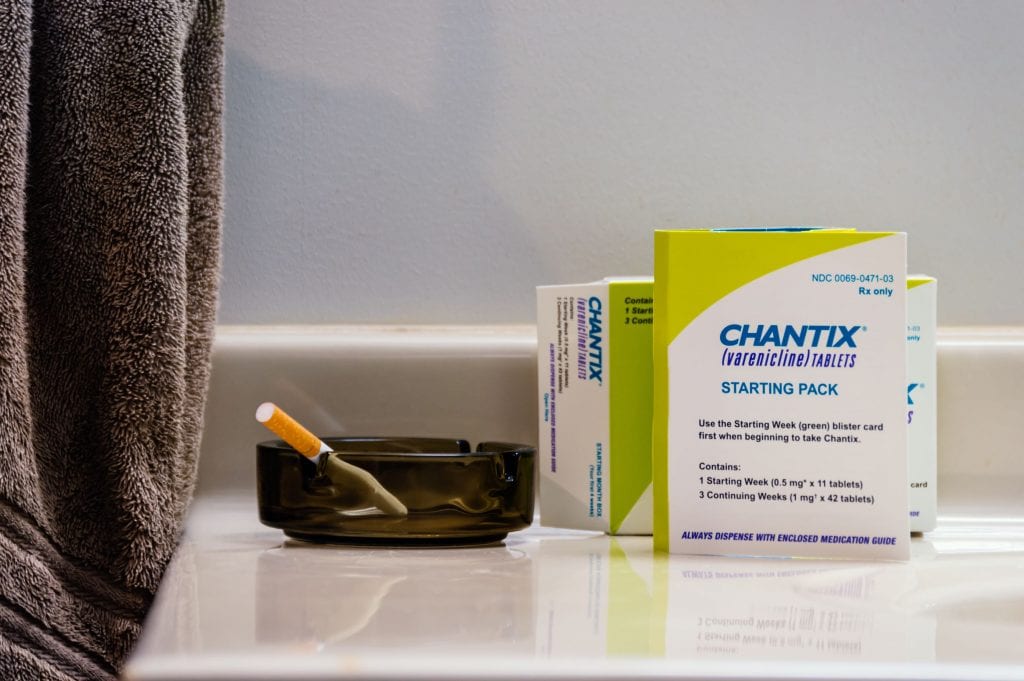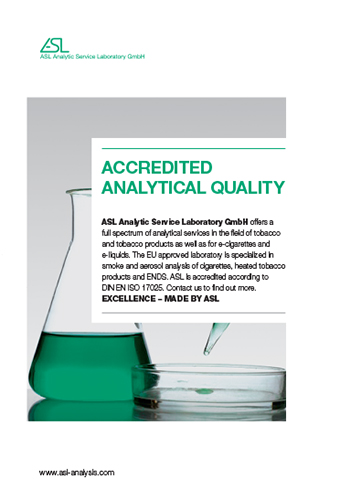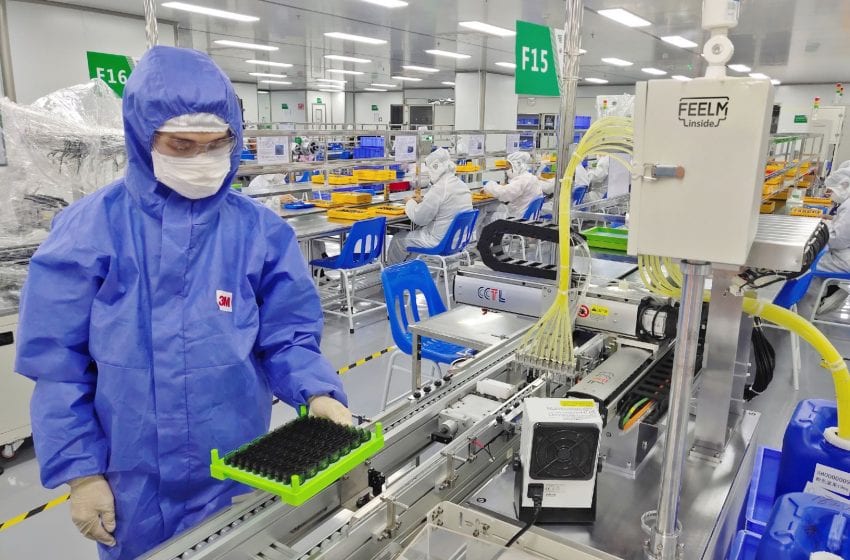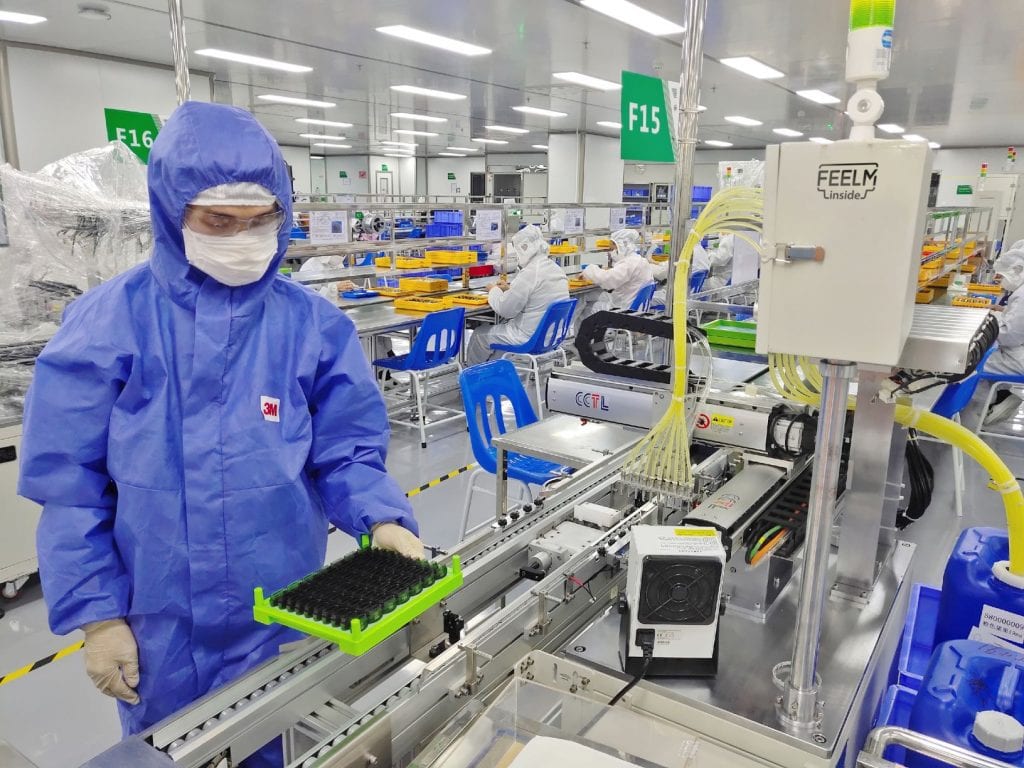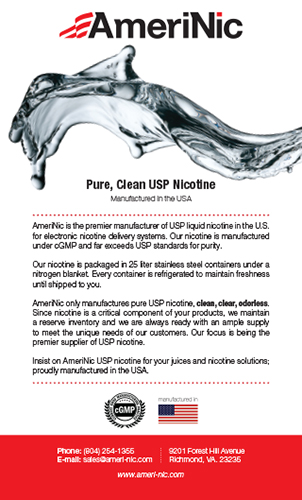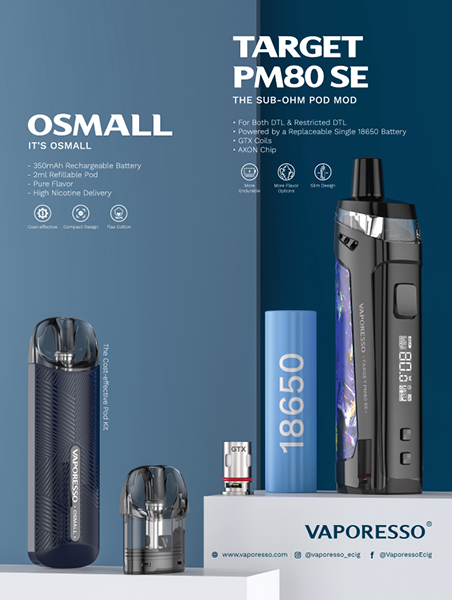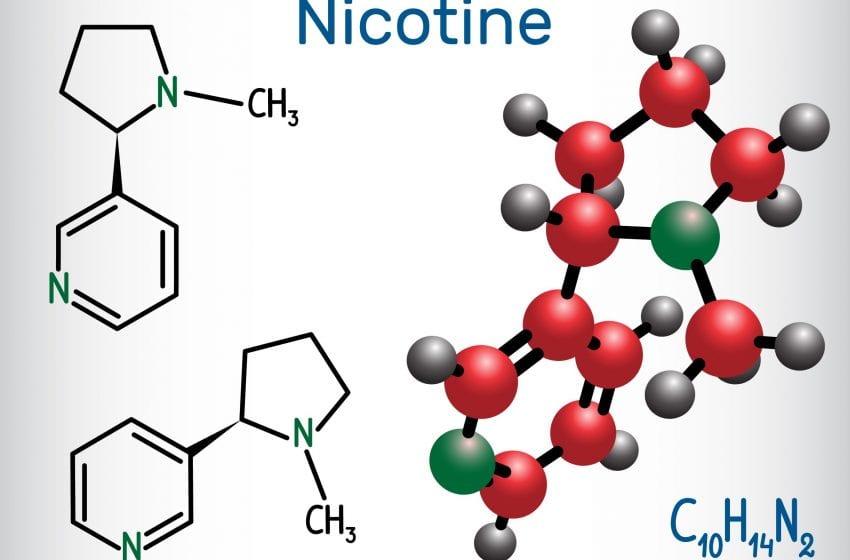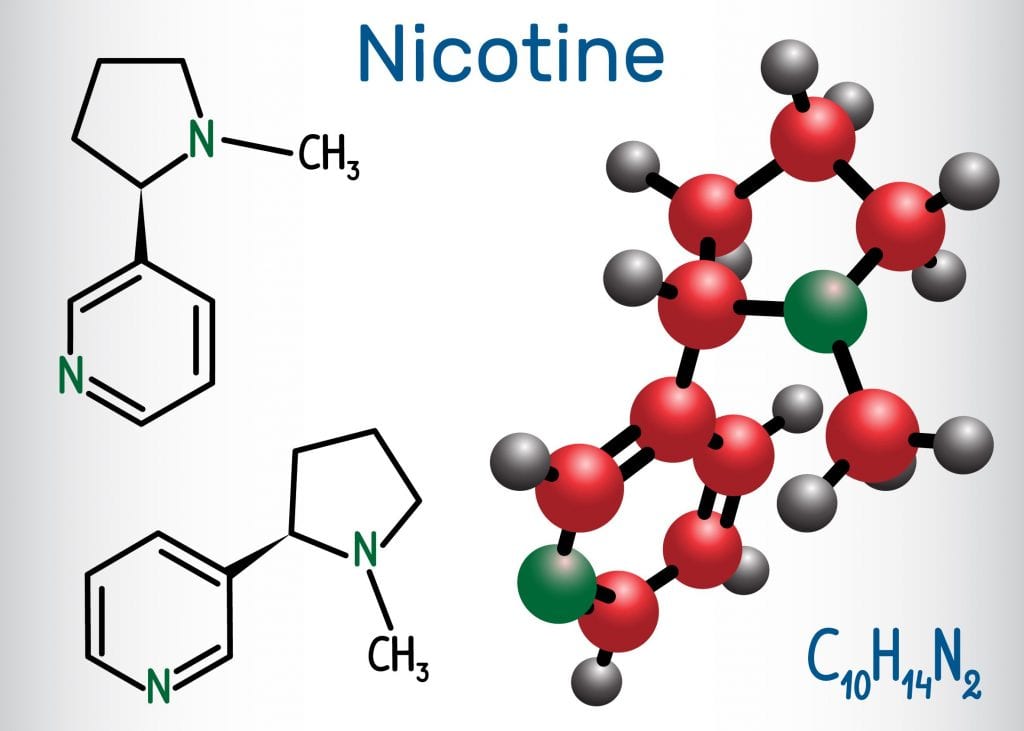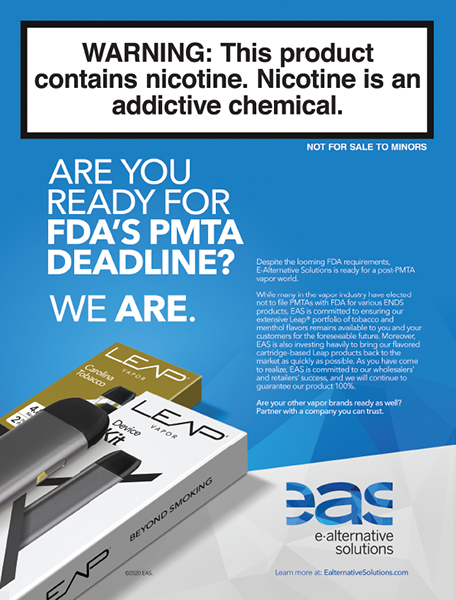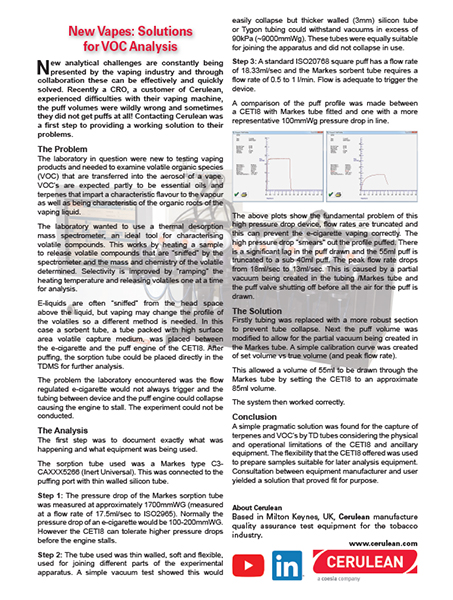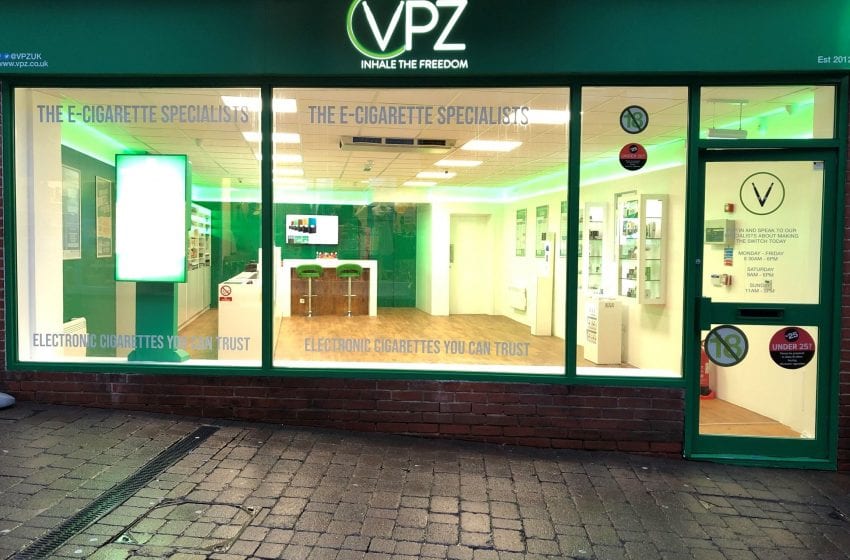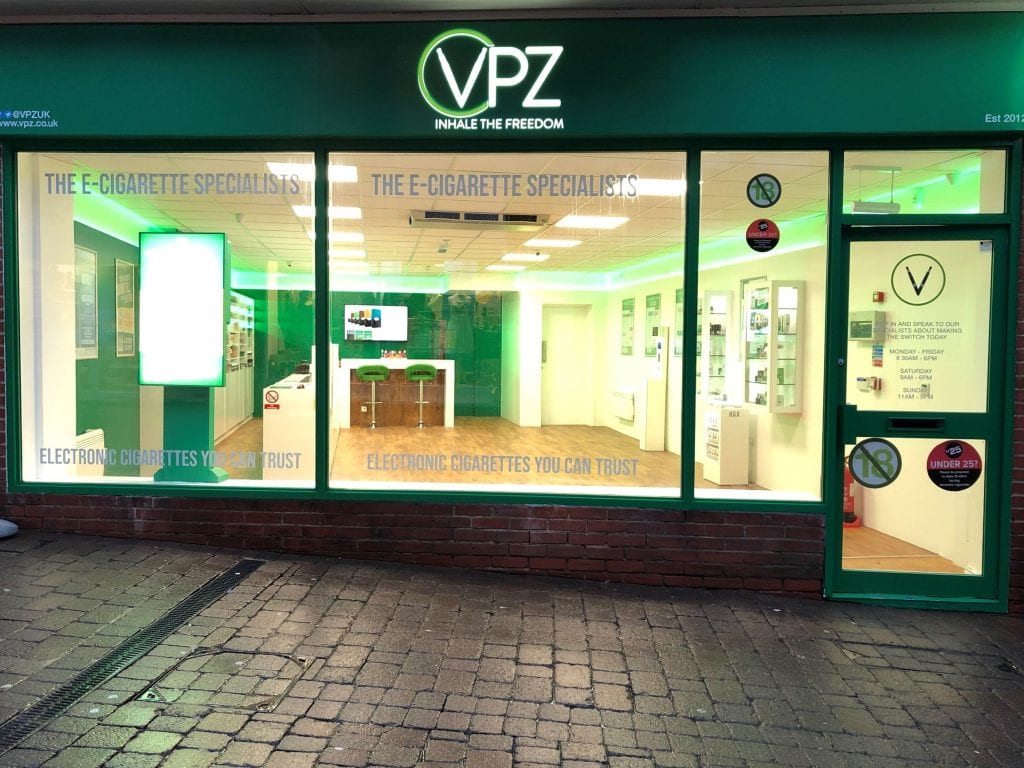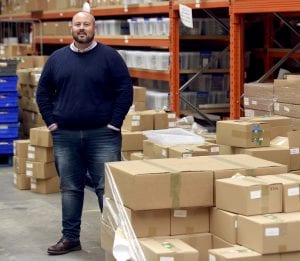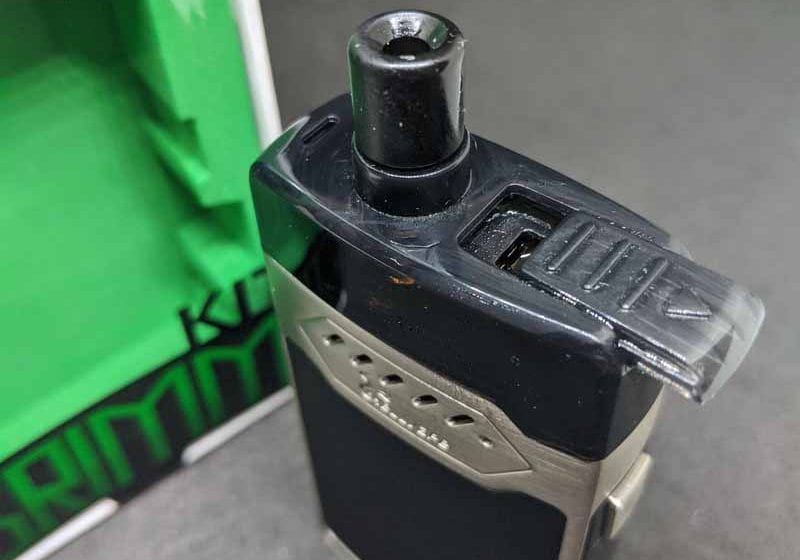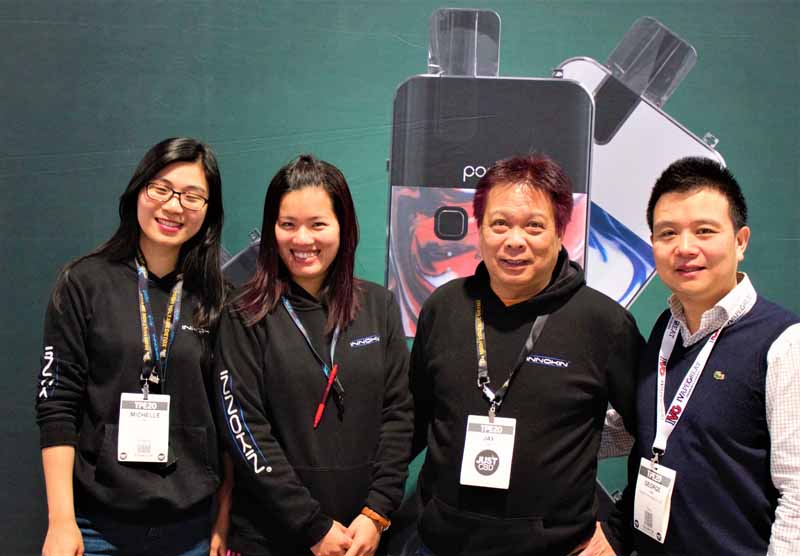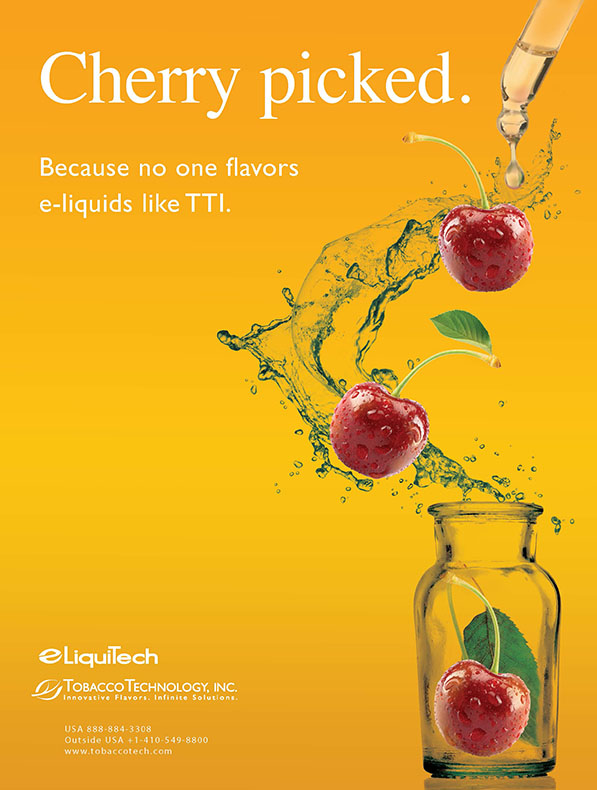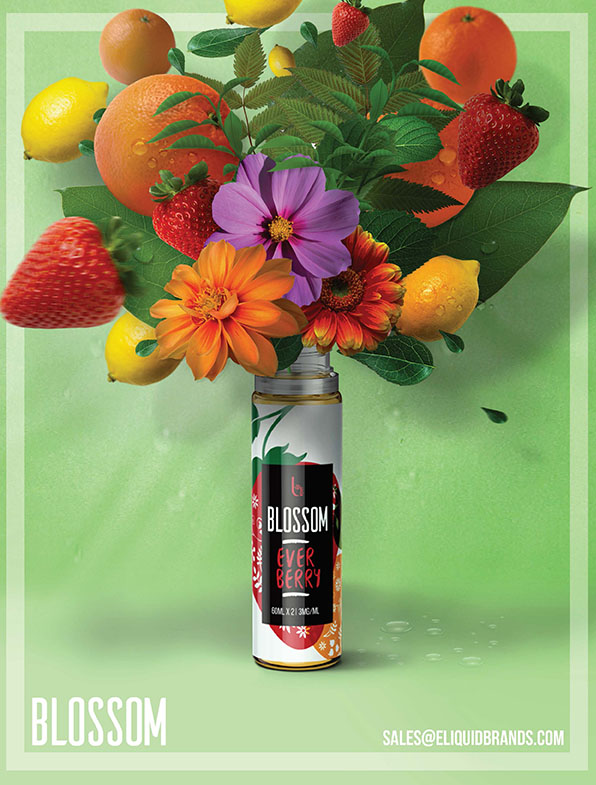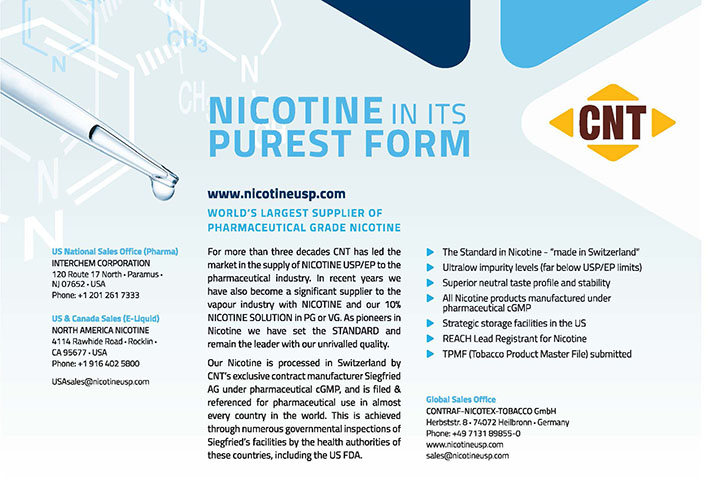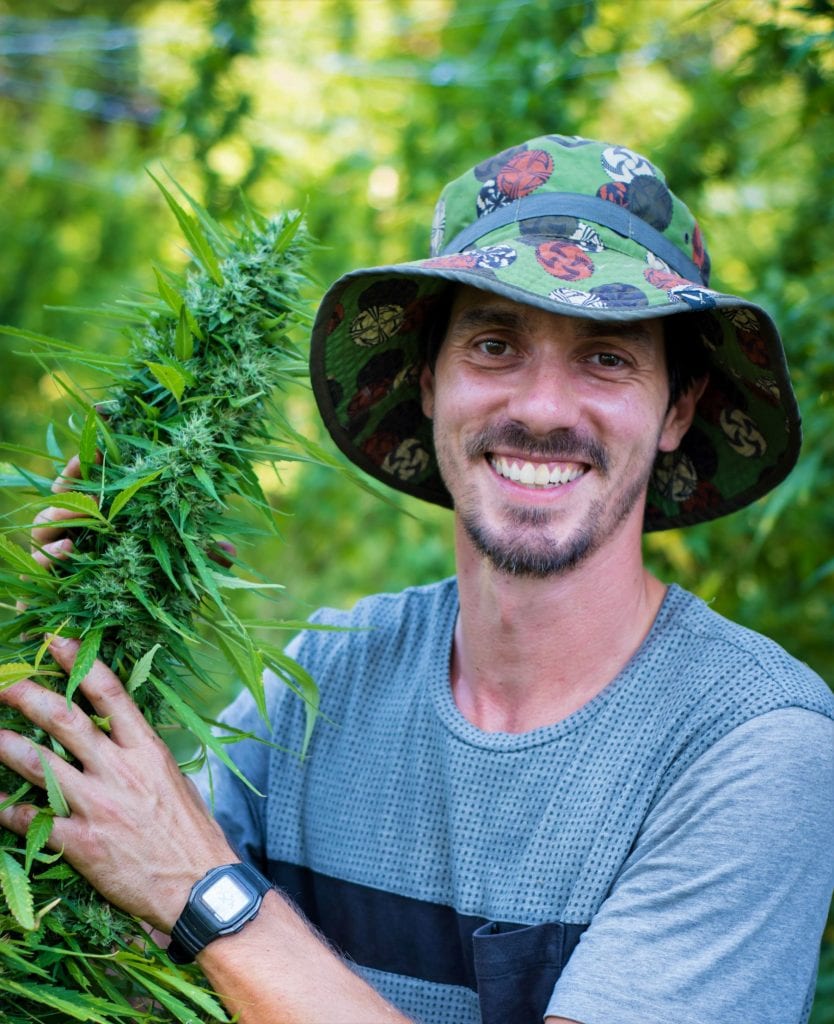
A small farm in rural South Carolina is producing proprietary hemp that yields high percentages of a proven cancer-fighting cannabinoid.
By Timothy S. Donahue
Kura Kuma Farms isn’t a big, fancy hemp-growing operation. Owner Zach Gibson isn’t your typical farmer. He’s a small-scale producer that has the ambition and potential to compete with the major farms in the next few years. His secret is simple. The science behind it is not.
Genetics within the biometric genome of the cannabis plant can be quite complicated. Certain cannabinoids can be more valuable on the open market. CBG (cannabigerol), for example, can sell for upward of $4,000 per kilo. A lesser known cannabinoid, studies have shown CBG to be effective in killing or slowing bacterial growth.
It has also been shown to reduce inflammation (particularly in its acidic CBGA form), inhibit cell growth in tumor/cancer cells and promote bone growth. CBG is also said to help regulate mood because of its ability to boost anandamide, often called the “bliss” molecule for the way it boosts positivity in the human body. Gibson explains that CBD tends to be more relaxing while CBG users tend to feel more energetic.
Most hemp plant strains do not carry very much CBG. To obtain higher yields of CBG, breeders have been experimenting with genetic manipulation and the crossbreeding of hemp plant varieties. “It was the unicorn. We were very fortunate to have come across this genetic material. We took a gamble on some unknown seed stock,” explains Gibson. “We started with hundreds of seeds and narrowed it down to some of the best as far as growth characteristics and health levels.”
From the final 12 seeds, Gibson said one strain had a very high amount of CBG, nearly 10 times the amount of a typical hemp plant. “Some of them had high THC [the psychoactive component of marijuana] content. Some of them had just a little bit of THC and moderate amounts of CBD but no CBG,” says Gibson. “There was this one plant, though. It had almost 12 percent CBG, which is extremely rare. So, yeah, that ended up being a really big win for our farm. We are very excited.”
Beyond his current agricultural enterprise, Gibson would like to expand his farm and begin his in-house breeding program. It’s challenging, he explains. “A big part of this is that it’s a new strain, or it’s a new genotype. We are dealing with a specific cannabinoid that has some incredible uses in the market,” says Gibson. “It’s only been the last couple years that growers have started to try to expand these plant profiles (CBG), and it’s typically been 1 percent at the highest. So, anything over 5 percent is huge.”
To be a successful farmer, Gibson believed that he needed both a variety of products and something unique. He now has both. He didn’t want to be the person selling directly to farms, however, so he needed a partner. While nothing is set in stone, he thinks he is on the right track. “I’m working with a larger company that has a national platform for farmers where, if I’m able to impress them with the genetics that I come up with, they’re willing to bring them onto their catalog and sell them for me,” he says. “I’d rather be more hands-off and just focus on the fun, experimental side of creating new genetics and things like that. And playing in the dirt; I like to play in the dirt.”
GETTING STARTED
Gibson honed his skills in
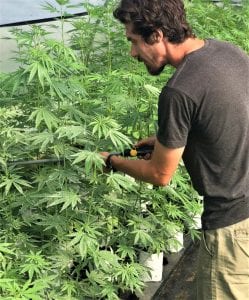
the legal marijuana industry. He learned how to grow hemp from a cannabis farming community in Oregon. “I became friends with some guys that had been longtime medical cannabis growers in the area, and I ended up being taken under the wing of a guy who was a second-generation grower. That led to me working in a couple of cannabis warehouses where I started off doing trimming and other low-level positions,” says Gibson. “I worked my way up to assistant gardener and was helping with the daily chores involved in taking care of the plants. Eventually, I got my license and started my medical farm in 2012.”
By 2018, Gibson was growing homesick for his home state of South Carolina. His mom had recently passed away, and his sister had just had her first child. “I just wanted to get back closer to family and take steps toward a new direction. I had a great thing going on in Oregon, but I felt like I had hit a ceiling,” says Gibson. “It happened to be perfect timing; it was right when South Carolina was moving into its second year of the [hemp] research program. I applied and was awarded a license to start growing hemp.”
Gibson received one of only 40 permits issued in South Carolina in 2018 out of an estimated 175 applicants. After the 2018 farm bill passed, legalizing hemp farming, the Palmetto State issued an additional 36 permits. “We started getting the farm ready. There was a lot to do,” explains Gibson. “Last year was our first year growing outdoors on a large scale. We constructed an 80-foot greenhouse, then we did a lot of our own propagation, and that’s really what helped save on our overhead costs.”
Instead of buying seeds or clones from a major producer, Gibson used plants he had been growing in a smaller indoor operation on the farm. He says it saved him about $30,000 and allowed him to plant nearly three acres. He expects to plant about the same acreage this year. “The industry is flush with biomass right now,” he says. “We need to be doing something specific and in extremely high quality to stand out.” He estimates his 31-acre farm has 5 acres to 6 acres of plottable land for future growth.
Kura Kuma Farms gets part of its name (Kuma) from a childhood pet of Gibson. Kuroi kuma means “black bear” in Japanese (it sounds the same as Kura Kuma) and Gibson liked the idea of calling his farm something unique for South Carolina. The land has been in his family for more than two generations and has never been an actual farm. The land was used mostly for agrotourism. “My mother and father hosted kids’ birthday parties and would have business meetings and groups of people come out to the farm and just do different sorts of tours,” he says. “We had a bunch of goats and a bunch of different fowl, from peacocks to guineas and chickens, and rabbits. A couple of horses for a while too.”
The lack of farming on the land means the soil is clean and mostly free of any pesticides or heavy metals. That makes for quality hemp, which acts like a vacuum cleaner and soaks up any impurities in the soil. “Our soil is very clean,” he says. “We have the opportunity and ability to grow some high-grade hemp flower as well as provide quality consumer goods … It’s super exciting.”
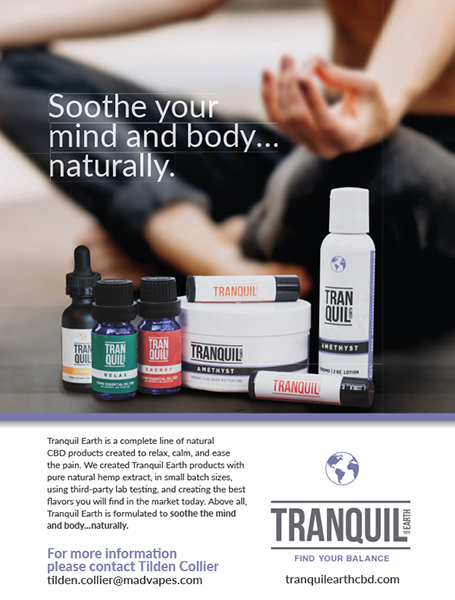
REGULATORY CHALLENGES
The hemp industry is growing fast. With that growth comes regulation. In late 2019, the U.S. Department of Agriculture (USDA) released its guidelines for hemp farmers. Industrial hemp is defined as Cannabis sativa L. and is required to be below a THC threshold of 0.3 percent, according to the USDA. To produce hemp, farmers must first be licensed under a state or tribal hemp program or through the USDA hemp program.
According to the Farm Bureau (FB), the 0.3 percent THC rule presents a risk to farmers. Seed varieties grown in two different geographical regions, for example, can express certain traits differently. “The same type of seed grown in two different parts of the country can produce one crop with THC concentrations less than 0.3 percent and another with plants above that THC threshold,” according to the FB.
This means that farmers have a tough time making sure THC levels are right. The consequences for making the mistake of having “hot” plants too often could mean losing your license, according to Gibson. “The new regulations are [that] anything that tests over 0.5 percent total THC, which is the big controversial definition now, is considered negligence,” explains Gibson. “They’re not going to punish you with a fine or take you to jail; however, that’s going to be pretty stressful for a lot of farmers that are working with new genetics for the first time or are still working with genetics that may not be super stable.” At a minimum, if a farmer negligently “violates a state or tribal plan three times in five years, they will be ineligible to produce hemp for the next five years,” according to the USDA.
Another concern is testing for THC levels, according to Gibson. Regulations require testing to be completed by a U.S. “Drug Enforcement Administration-registered laboratory using a reliable methodology for testing the THC level,” according to the FB. There are two certified labs in South Carolina. “Guess how many there are in Oregon? One. So, they’re not prevalent,” says Gibson. The USDA has said it is working to address the number of labs available for hemp testing.
Labs are also not testing in the same ways. Gibson says that a laboratory on the West Coast could have the same samples sent to them as another lab on the East Coast, and they could end up with different results because they have different standards. “So that’s a problem,” he says. The FB acknowledges this is still an issue, stating that “the measurement of uncertainty depends on multiple variables, such as the equipment being used, the methodology of the test, the sample size, the sample quality and other variables, and as such, it will vary with each sample that is tested.” The USDA has stated that it is working on a solution.
Finally, a growing concern for farmers is the amount of biomass entering the market. Gibson says it is making it very difficult for farmers to earn a decent wage. “There was so much biomass growth in 2019, and it flooded the market, which crushed prices. I saw expos where there was beautiful biomass being offered at an extremely low price,” he says. “People still weren’t touching it just because I think it got to the point where the market, as far as demand, it wasn’t able to keep up with the production it was trying to put out there.”
Gibson says he is hoping growth in consumer demand and some farmers leaving the industry will help alleviate the excess biomass. “Something has to give. It’s probably the industry’s most immediate concern,” he says. “I believe we will see fewer farmers by 2021. I think a lot of people jumped into it thinking, ‘Oh, this is going to be easy. We’re going to make a million dollars growing hemp.’ Now they have started to understand that it’s not as easy as you might think.”
DIVERSIFIED OUTLOOK
To better diversify his business, Gibson has started producing and marketing

his CBD products under the brand name Tenaj (a tribute to his mother, Janet). “The urban dictionary says it also means ‘forbidden love.’ So, that was also topic appropriate given the nature of the plant and its history,” says Gibson. Tenaj can be found in several retail outlets as well as online at www.kurakumafarms.com.
Moving forward, Gibson hopes he can turn over his CBD brand to a third-party manufacturer and focus strictly on his farm. “I’d like to just be the farmer and have the other companies manufacture my raw product into consumer products for me,” he says. “It’s important, but it’s also not something I want to have to constantly worry about managing when I have the farm to work too.”
Currently, the Tenaj brand has pre-roll products, tinctures and a topical ointment. Gibson says he would like to expand his product line, but right now, he is just trying to keep overhead “low and tight, especially understanding what state the industry is in right now … there are a lot of CBD products out there and way too much biomass on the market.”
Gibson says that the hemp industry has a lot of variables. For example, he has been seeing media reports about several large hemp processors going out of business. He says that scares him. He’s building the genetics side of his business, which means Kura Kuma Farms is going to be dependent on other farms succeeding. “A lot of people are kind of holding their 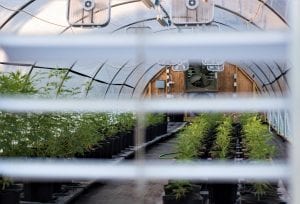 cards and being extremely cautious about how they’re moving forward next year,” he says. “The future of the hemp industry is not crystal clear. The money doesn’t actually grow on the trees. There’s a lot more to the industry.”
cards and being extremely cautious about how they’re moving forward next year,” he says. “The future of the hemp industry is not crystal clear. The money doesn’t actually grow on the trees. There’s a lot more to the industry.”
There is also some hope that South Carolina could legalize medical cannabis in some form in the next few years. Gibson says he believes there is a place for that additional business to become very profitable. “I would grow it all,” he says. “Yeah, and I’ve already talked to some people about being ready for legalization. That would be fantastic news for small-scale farmers. It would help ease the struggle. Farming is in the heart; it’s a lot of hard work and every little bit helps.”
